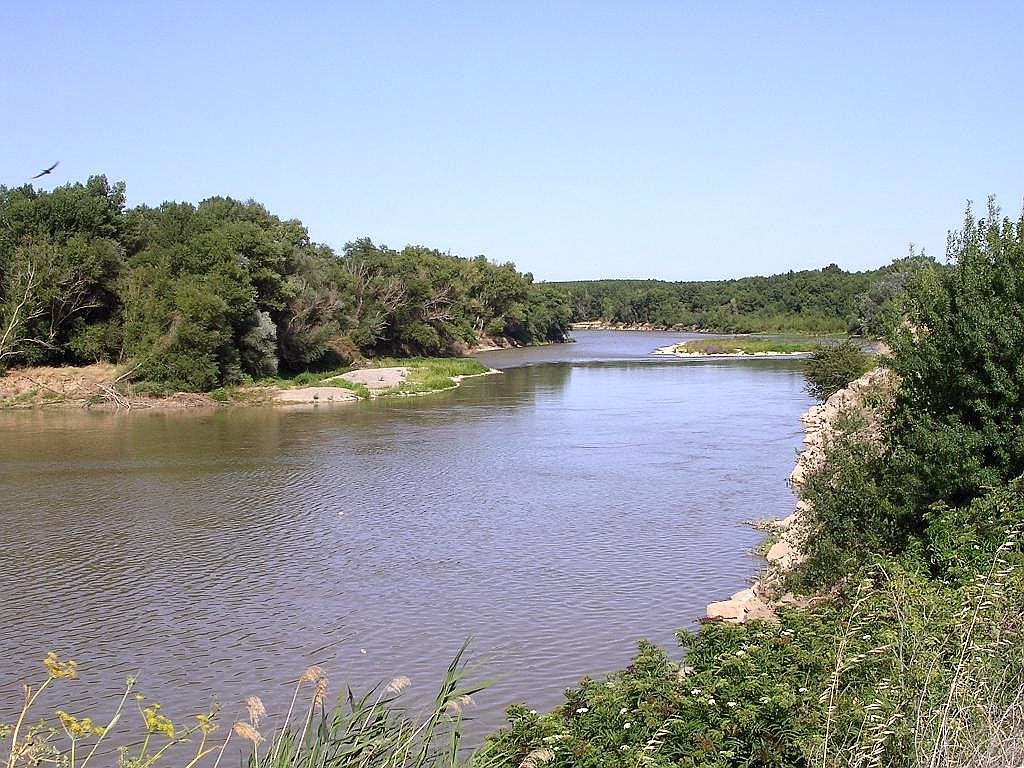Sierra de Cebollera Natural Park
Points of interest The only designated natural park in the region of La Rioja, the Sierra de Cebollera Natural Park is located on the northern slope of the mountains of the Iberian System about 50 kilometres from Logroño. It is also part of the Sierras de Demanda, Urbión, Cebollera and Cameros special protection areas for … Read more


